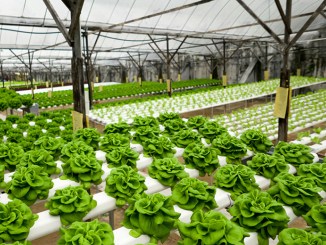
Worried about food fraud? According to the Congressional Research Service, these are the nine leading food categories with reported cases of food fraud. 
Olive Oil
Often substituted with a lower-cost type of olive oil or thinned with a nut, seed or legume oil.
Fish and Seafood
Some higher-value species have been replaced with cheaper, more abundant fish.
Milk and Milk-Based Products
Cow's milk has had milk from other types of animals added to it, or been adulterated with reconstituted milk powder, urea, rennet or other products. Adulterated milk might be added to infant formula and other milk-based products.
Honey, Maple Syrup and Other Natural Sweeteners
Honey might contain undisclosed types of added sugars. Maple syrup is sometimes thinned out with sugar or corn syrup.
Fruit Juice
Juices might be watered down, cut with a cheaper juice or contain only water, dye and sugary flavorings.
Coffee and Tea
Ground coffee might be cut with leaves, twigs and other substances. Instant coffee may include chicory, cereals and other substances. Tea may contain leaves from other plants, color additives and colored saw dust.
Spices
Saffron, ground black pepper, vanilla extract, turmeric, star anise, paprika and chili powder have been found to contain adulterants and colorings.
Organic Foods and Products
USDA has detected fraudulently labeled products for a range of foods and ingredients from domestic and international suppliers.
Clouding Agents
These are used legally to enhance fruit juices, jams and other foods. Of particular concern is the fraudulent substitution or addition of the plasticizer Di(2-ethylhexyl) phthalate (DEHP) and related phthalates. DEHP has been linked to public health risks, such as cancer and reproductive concerns.



